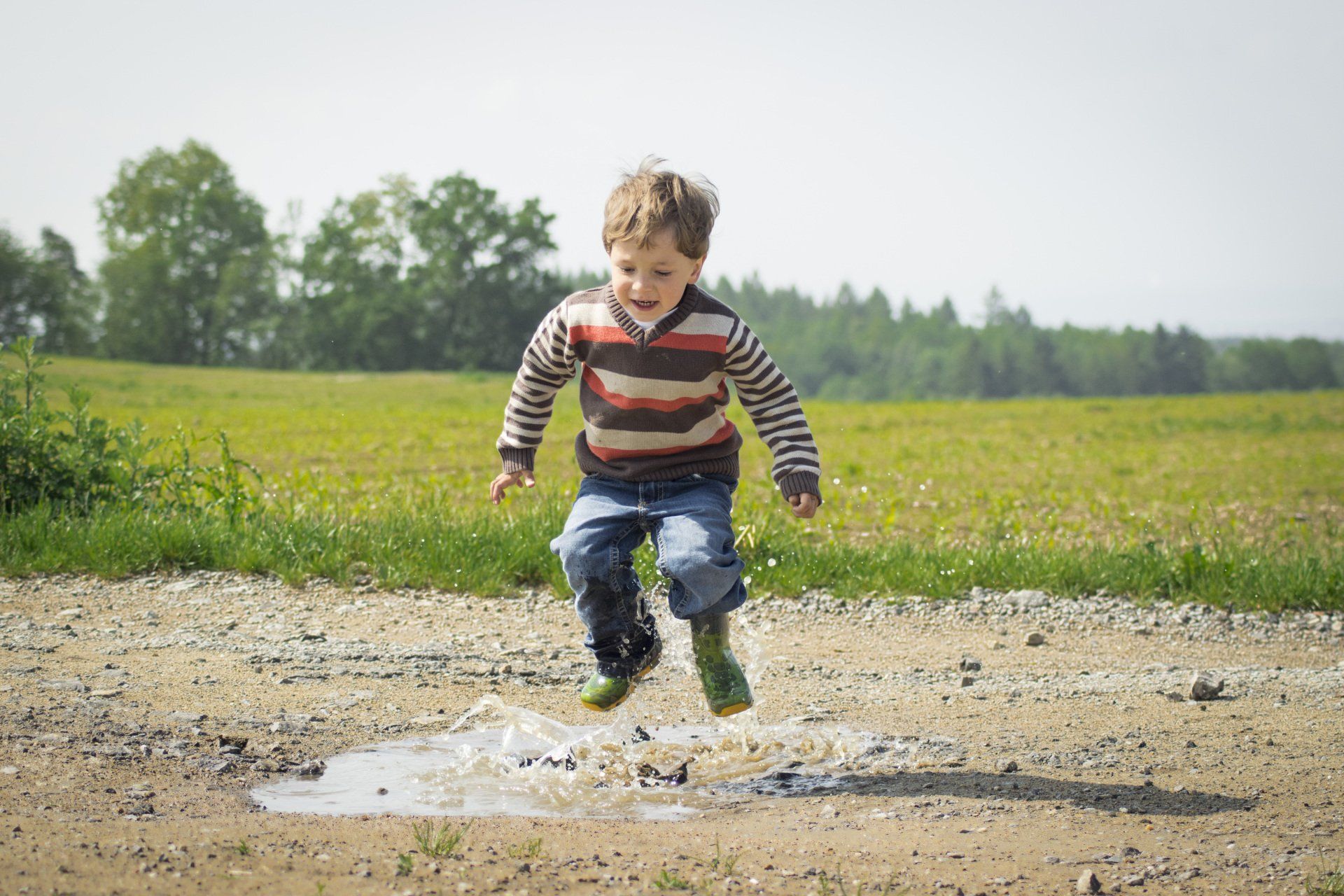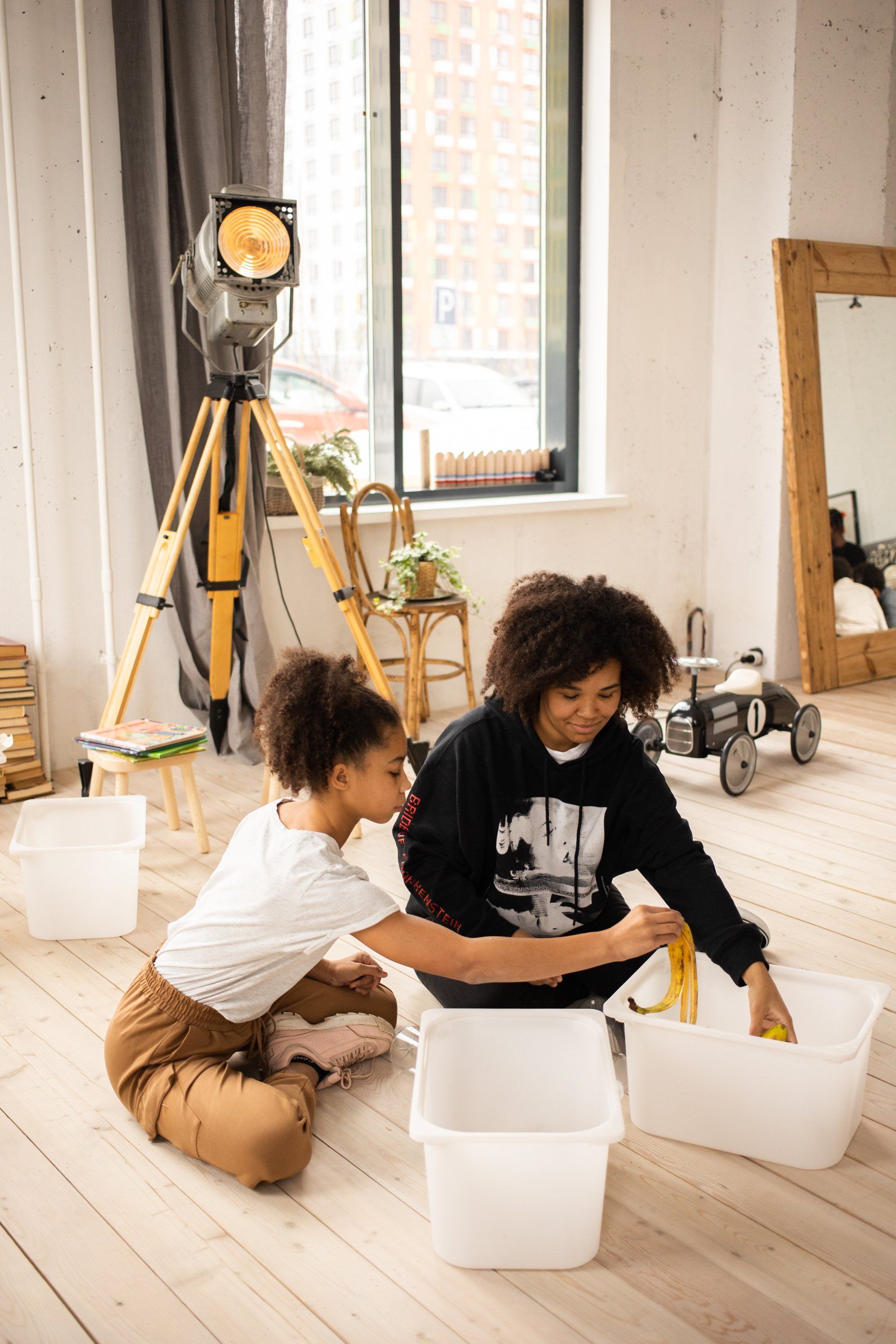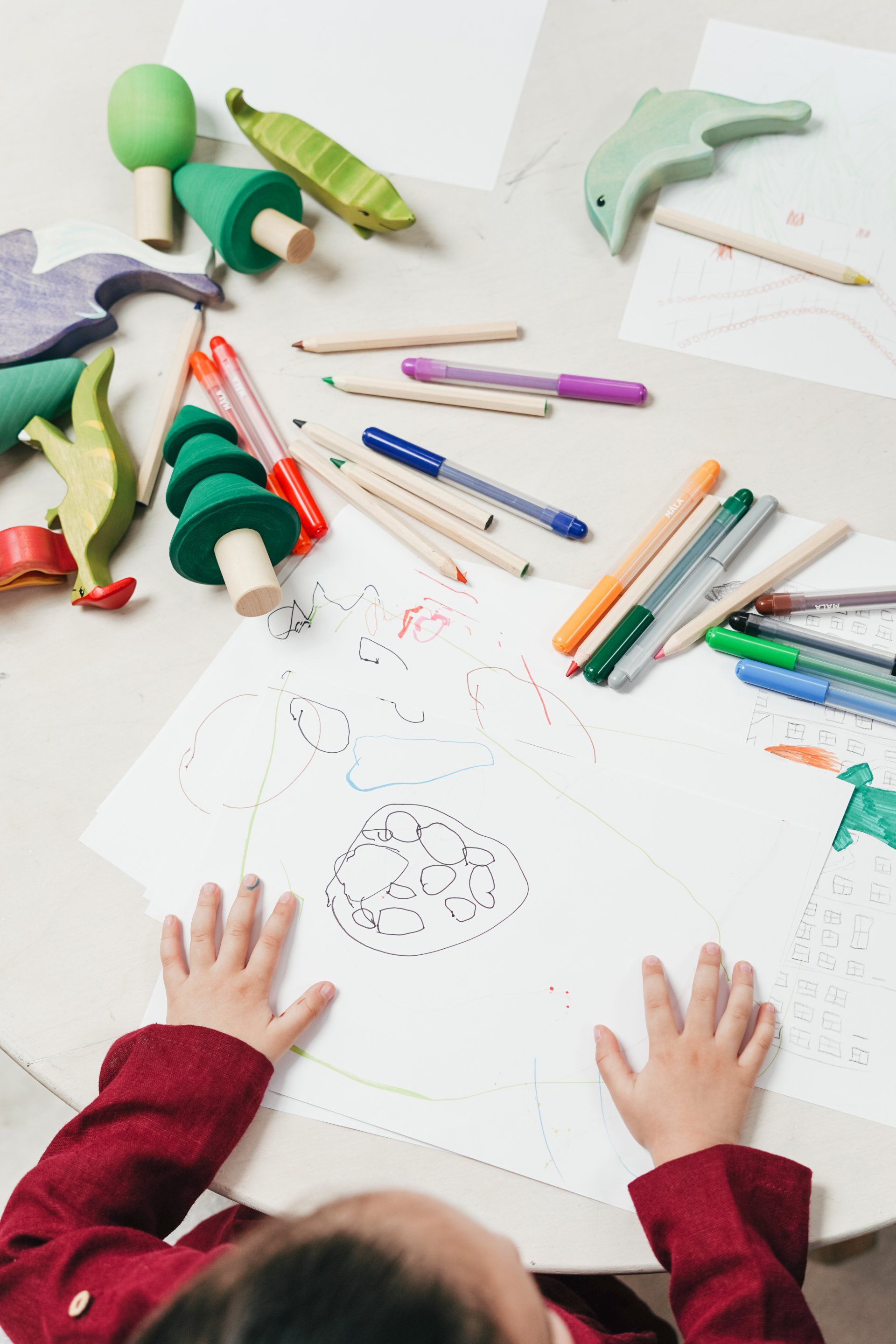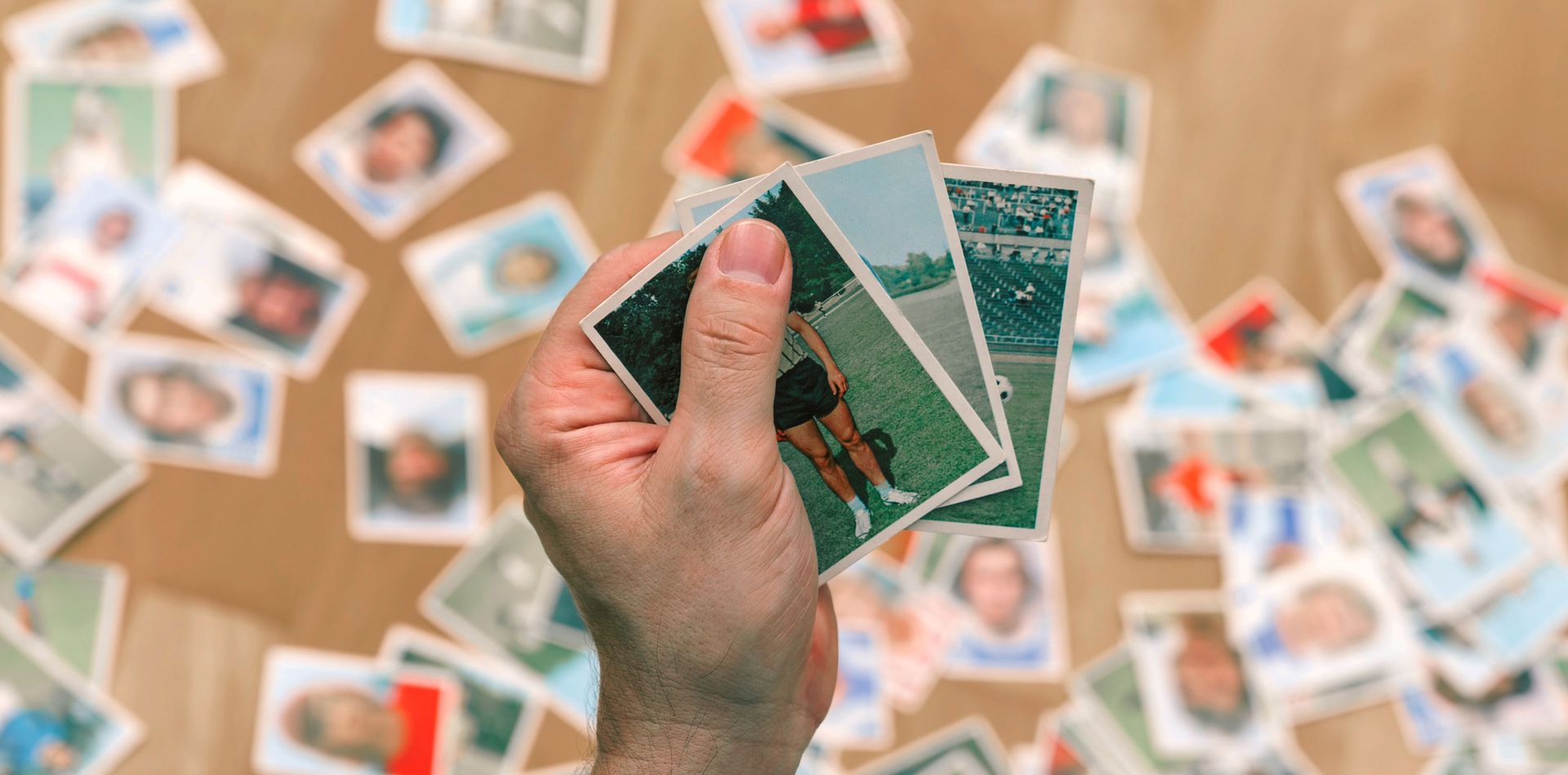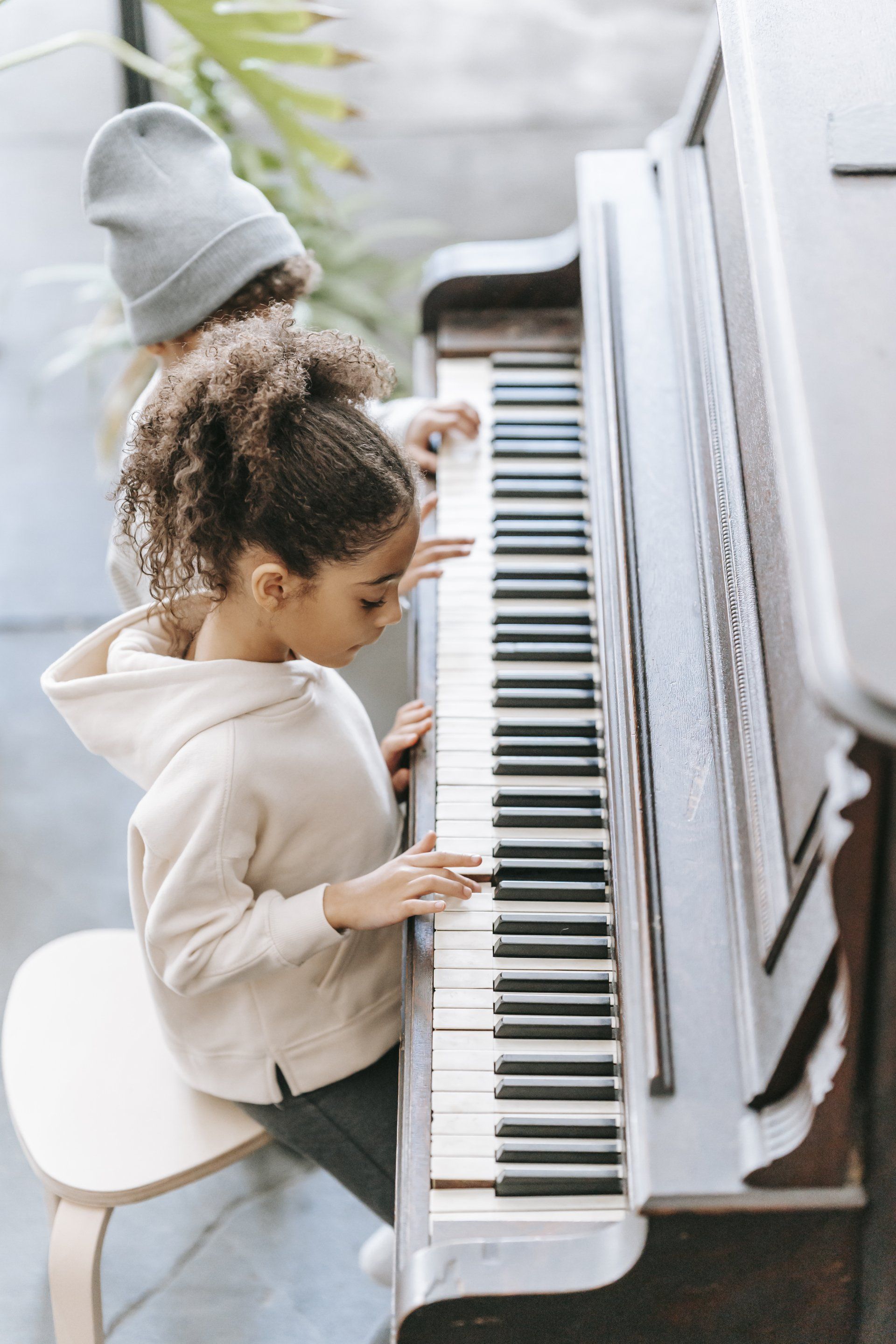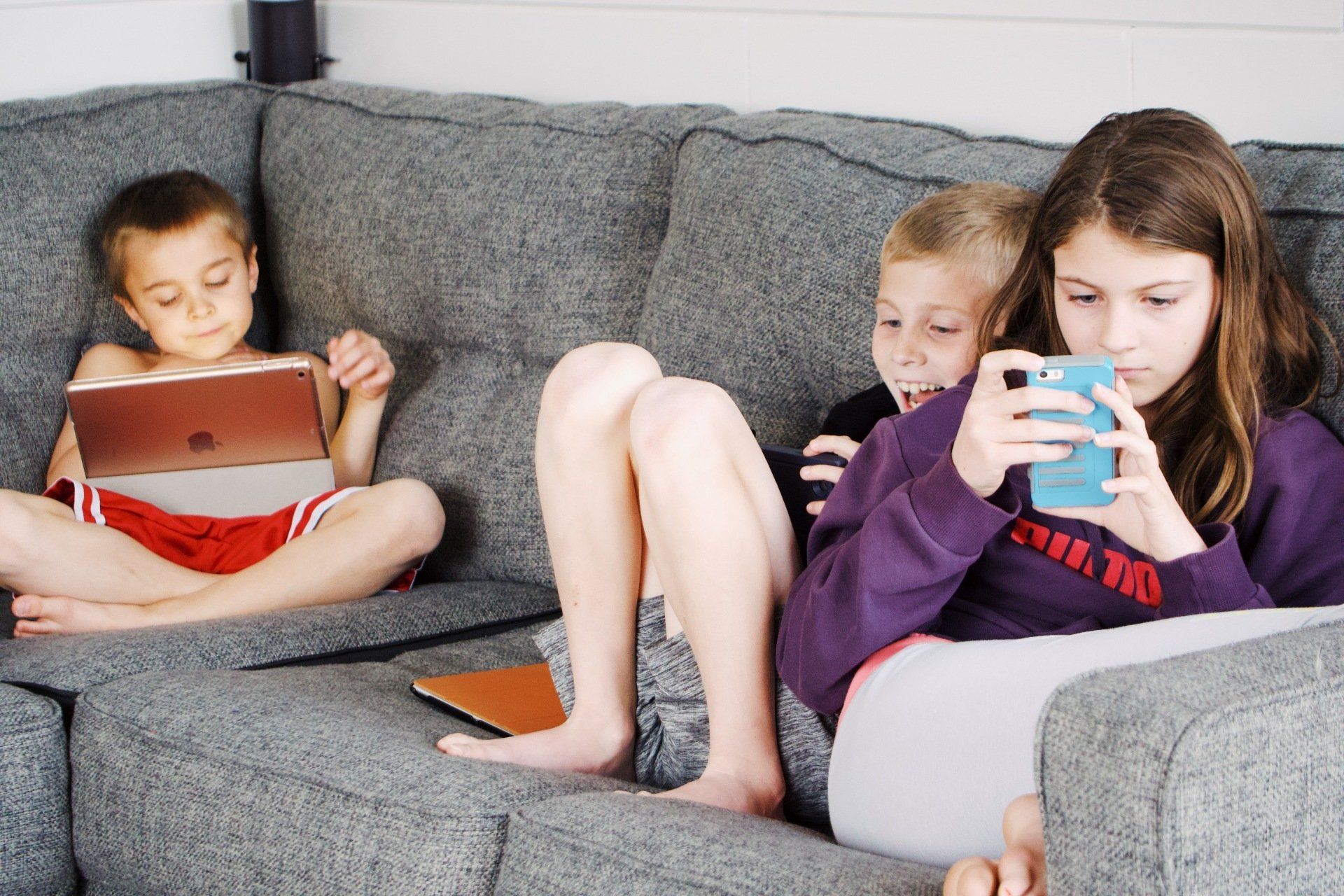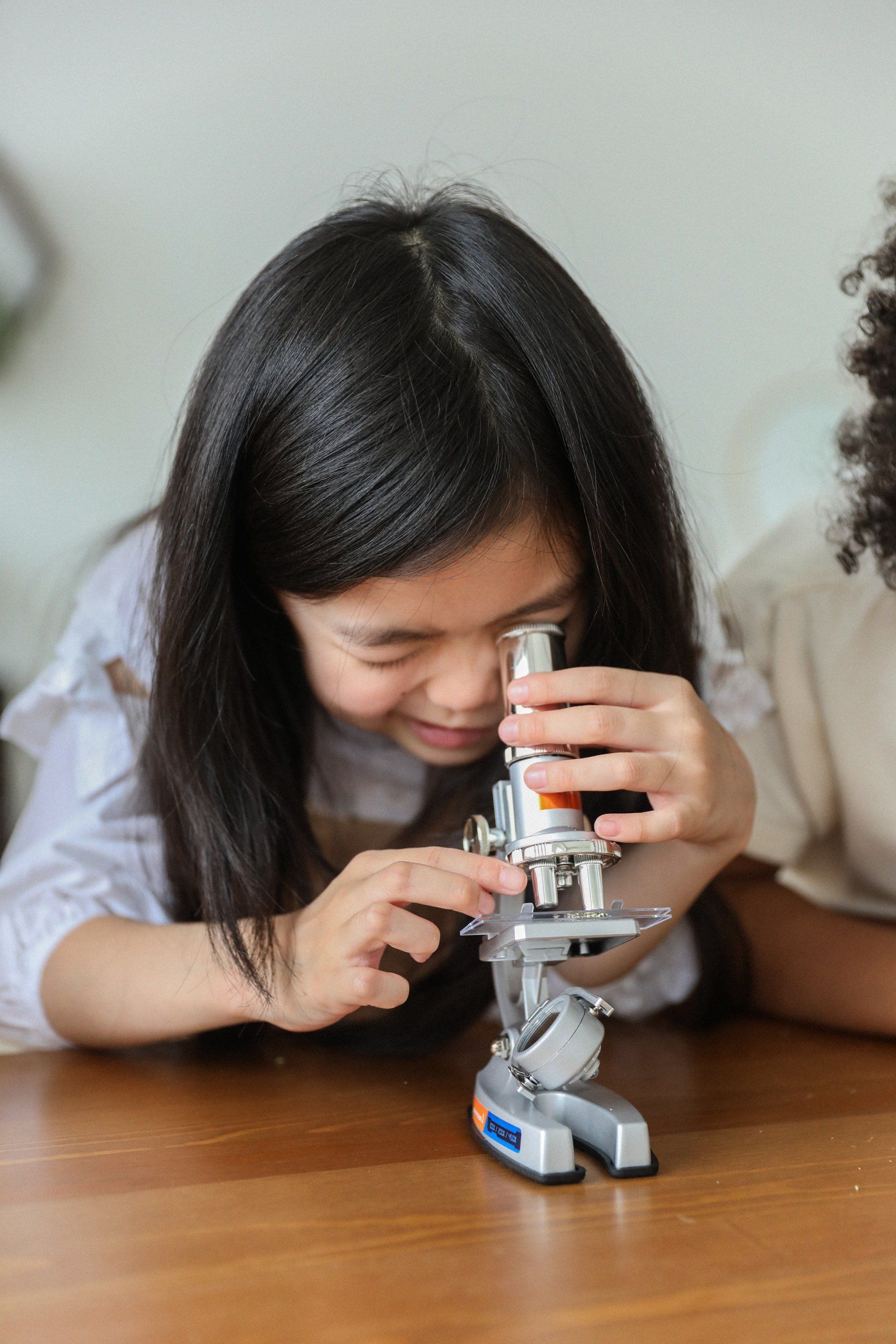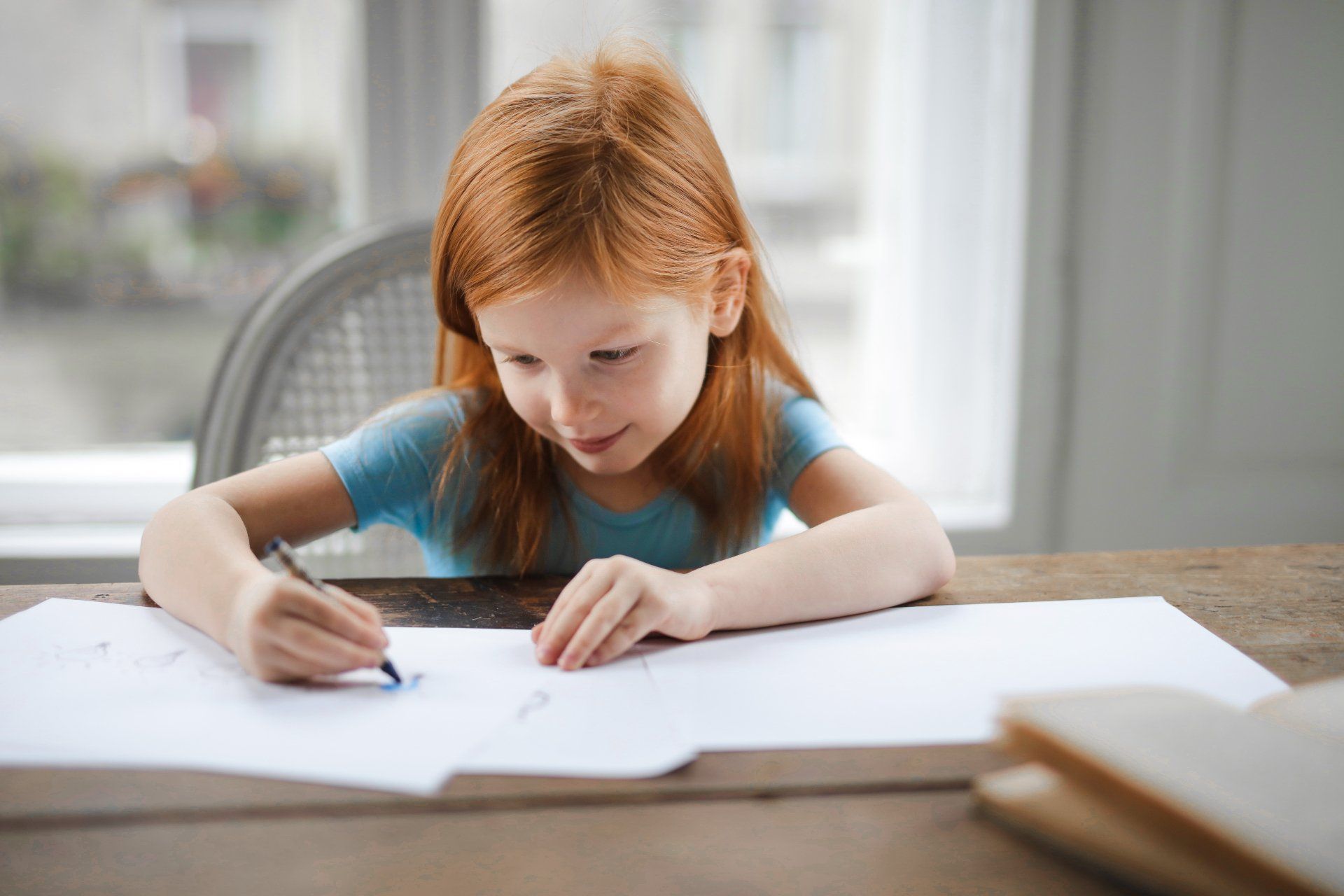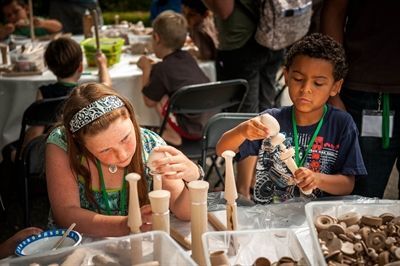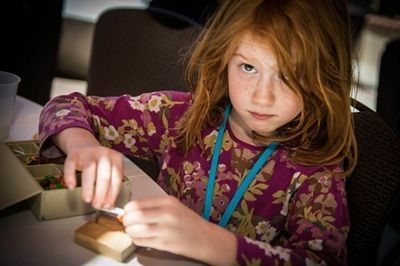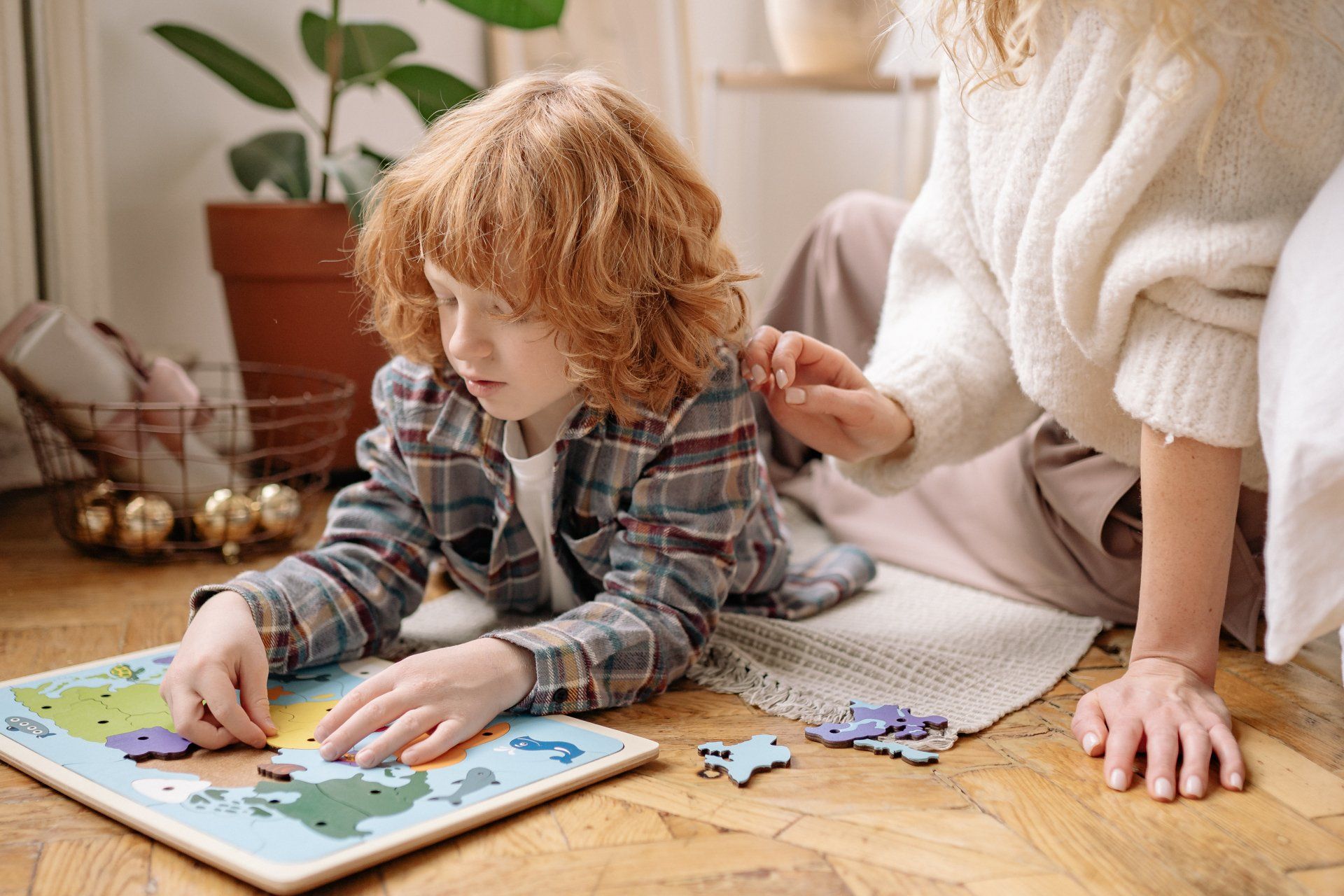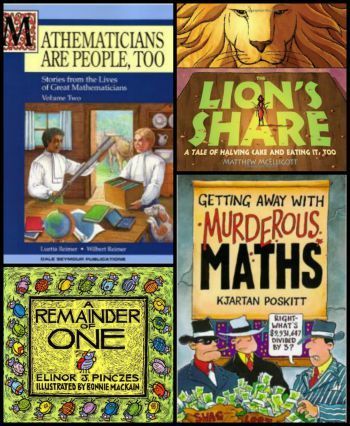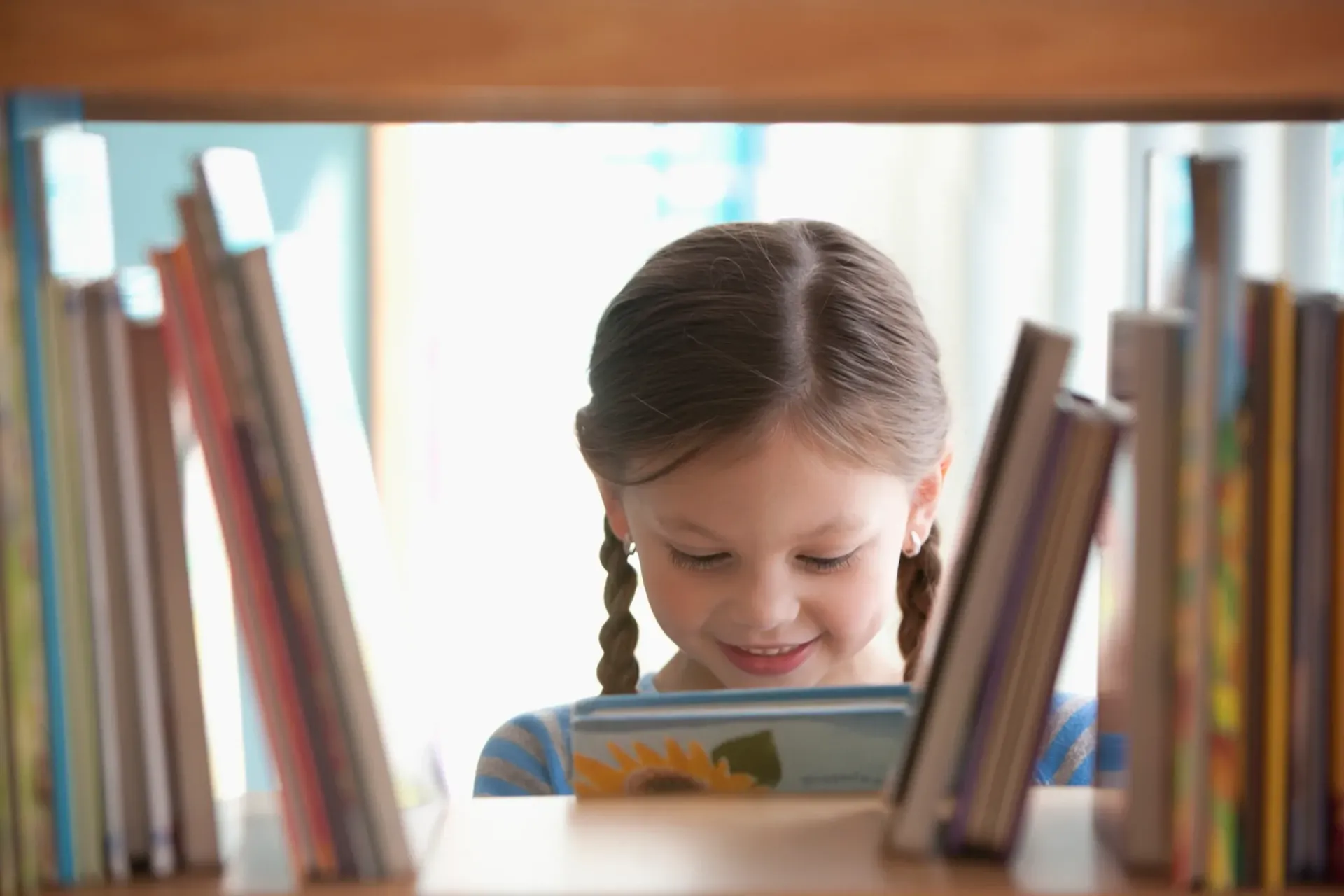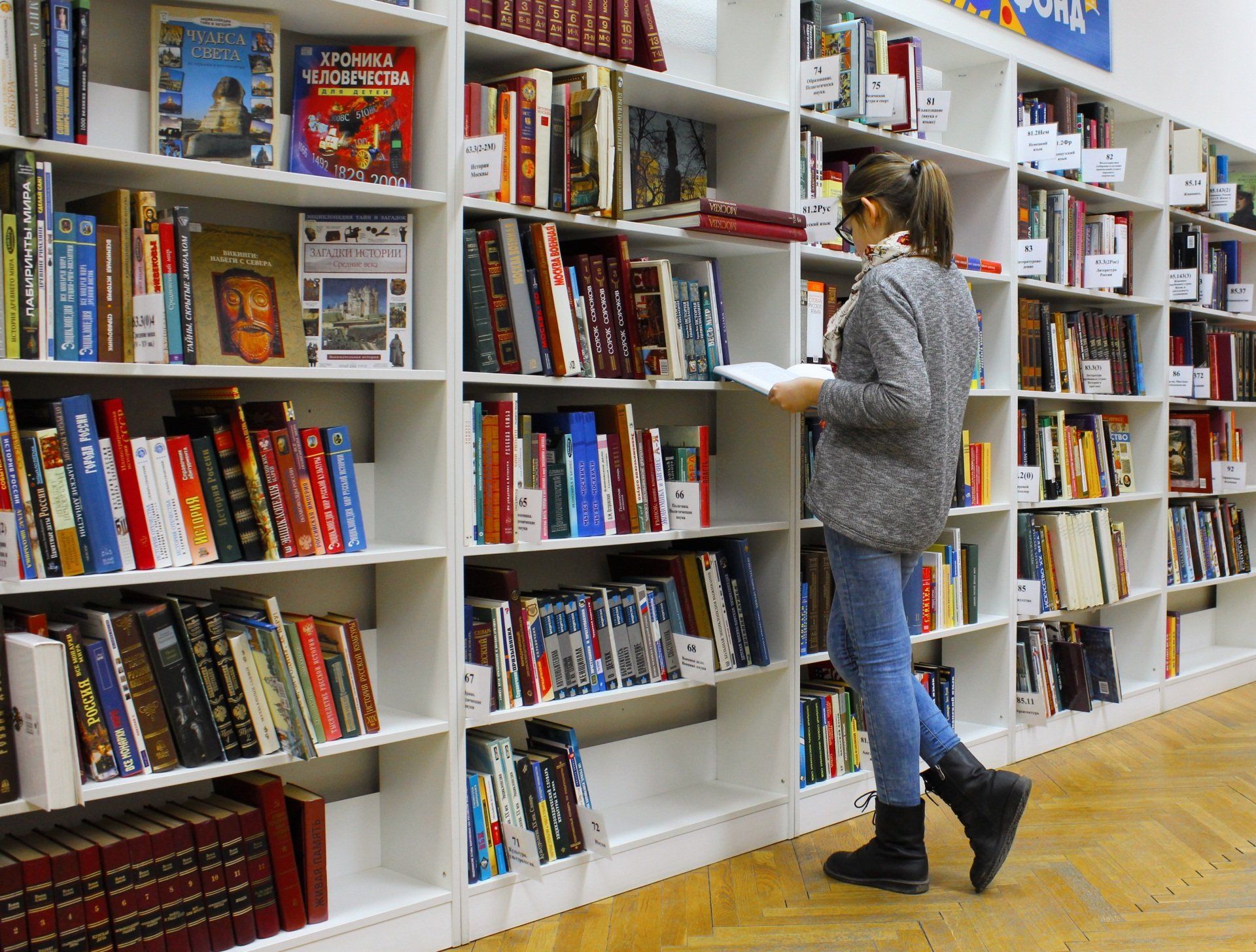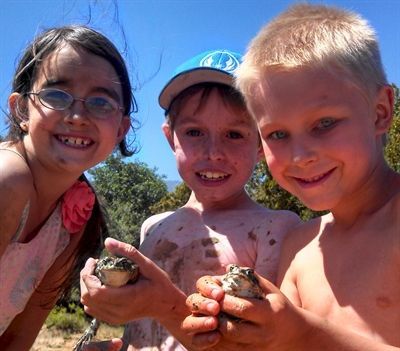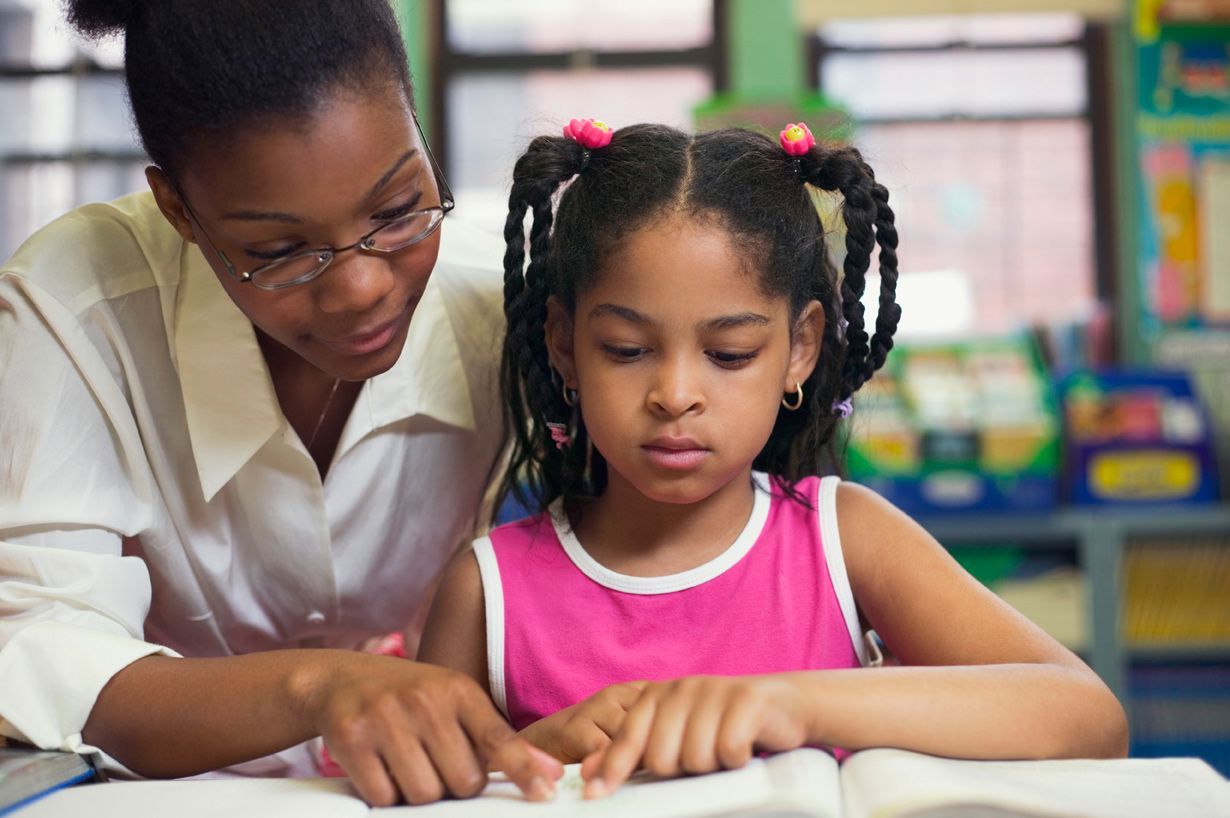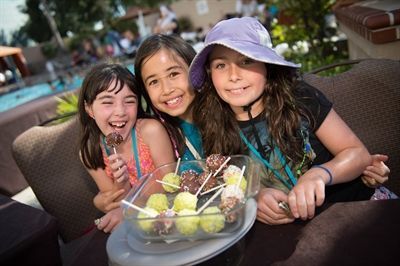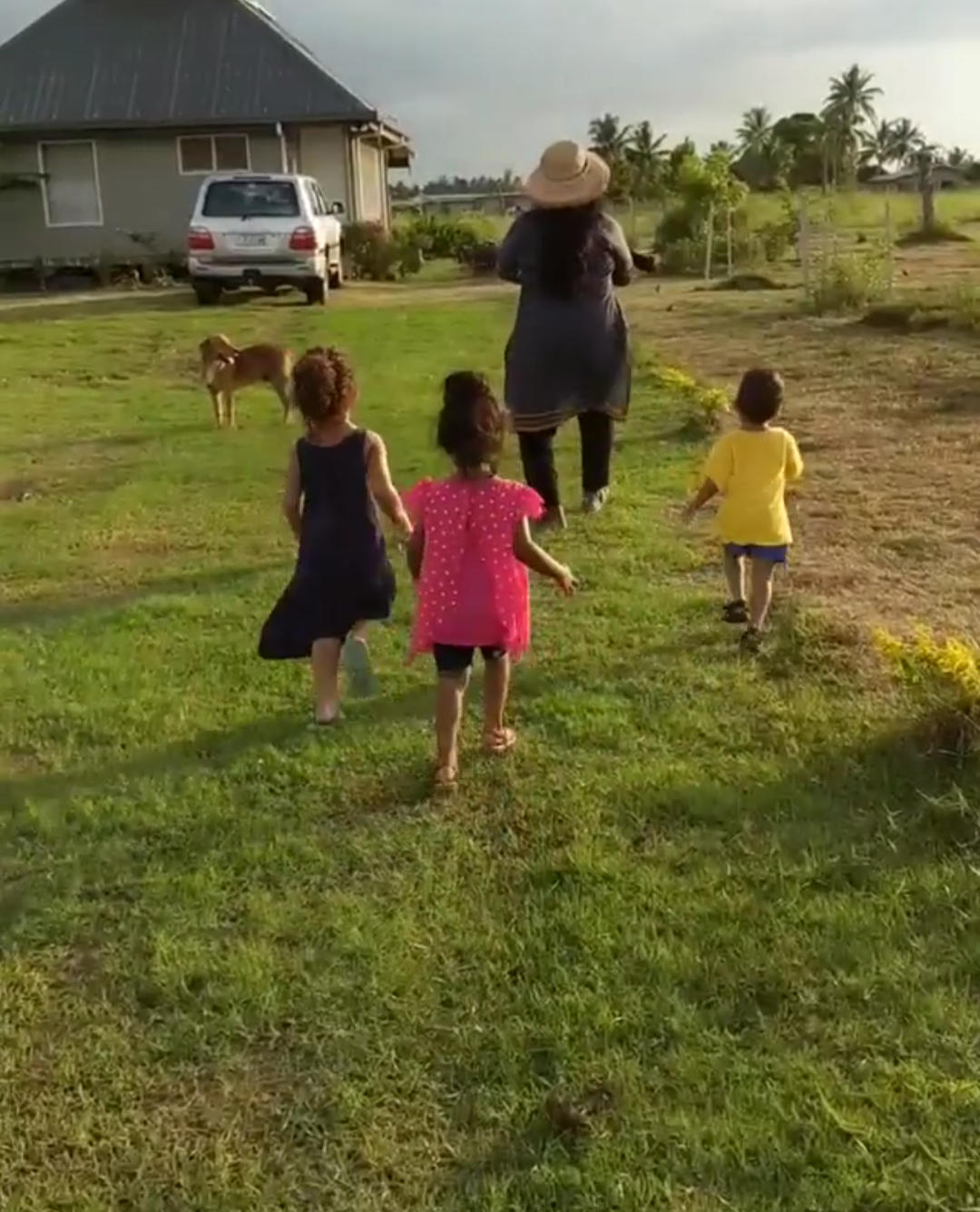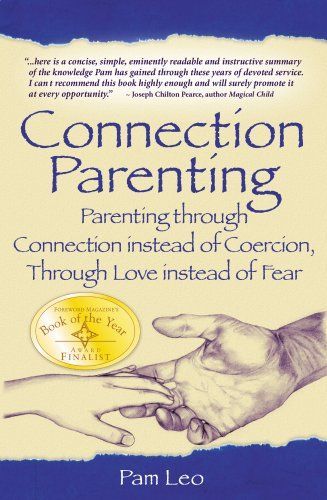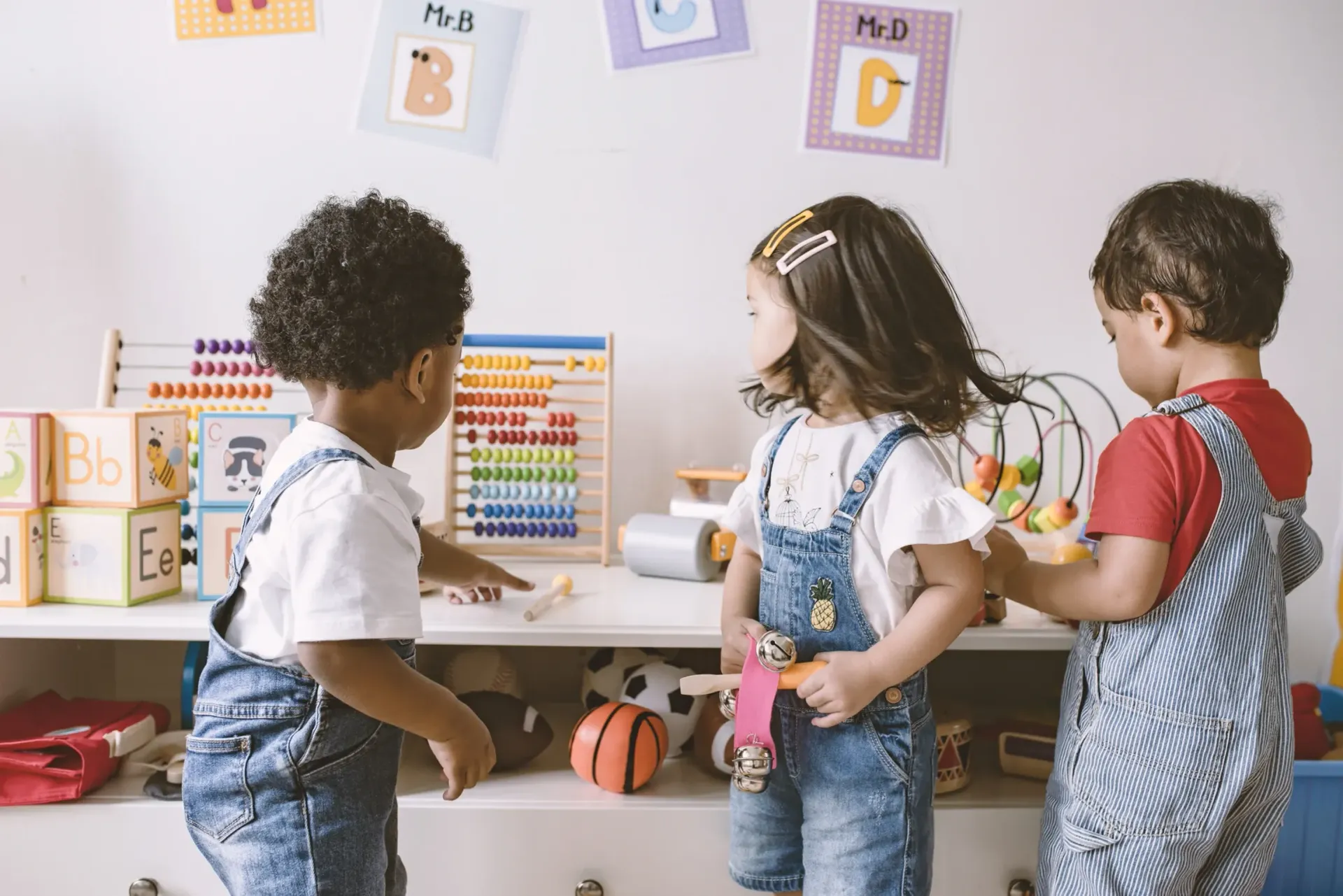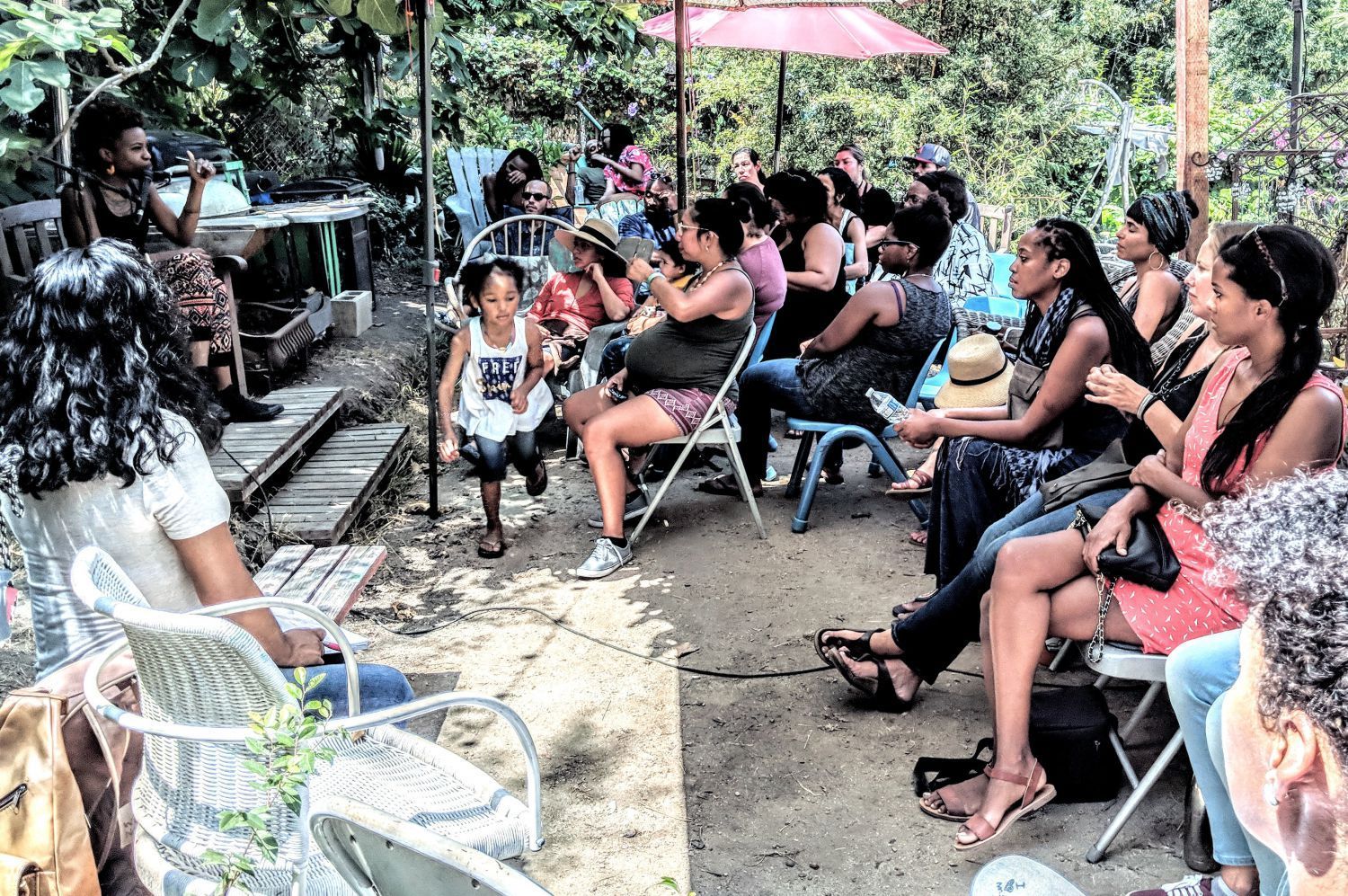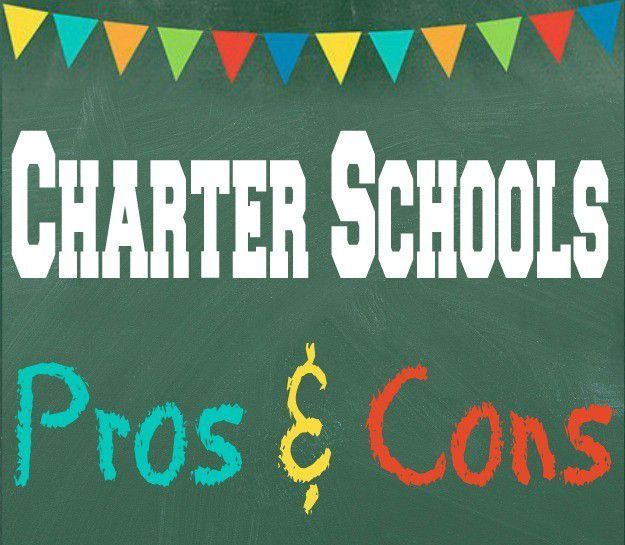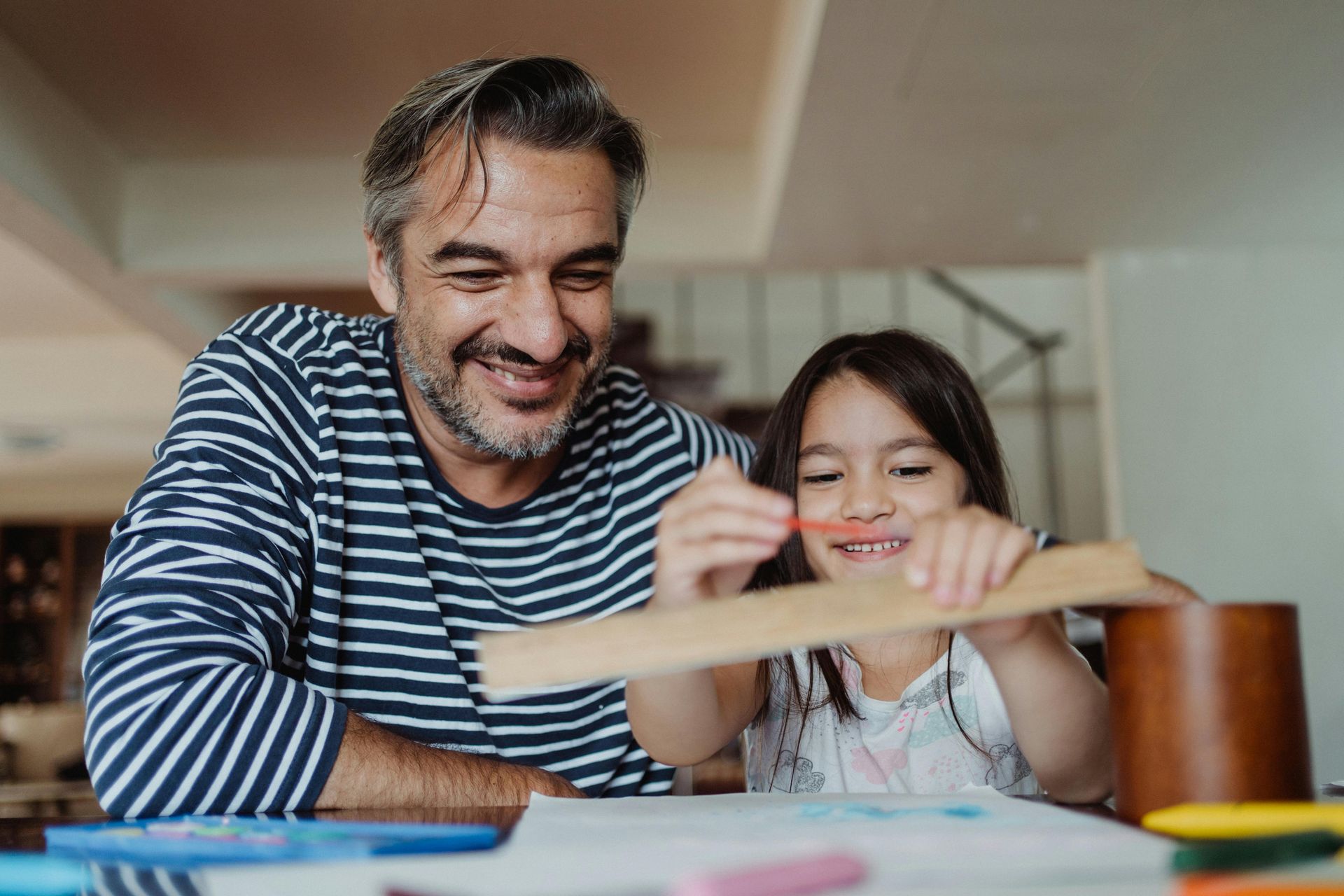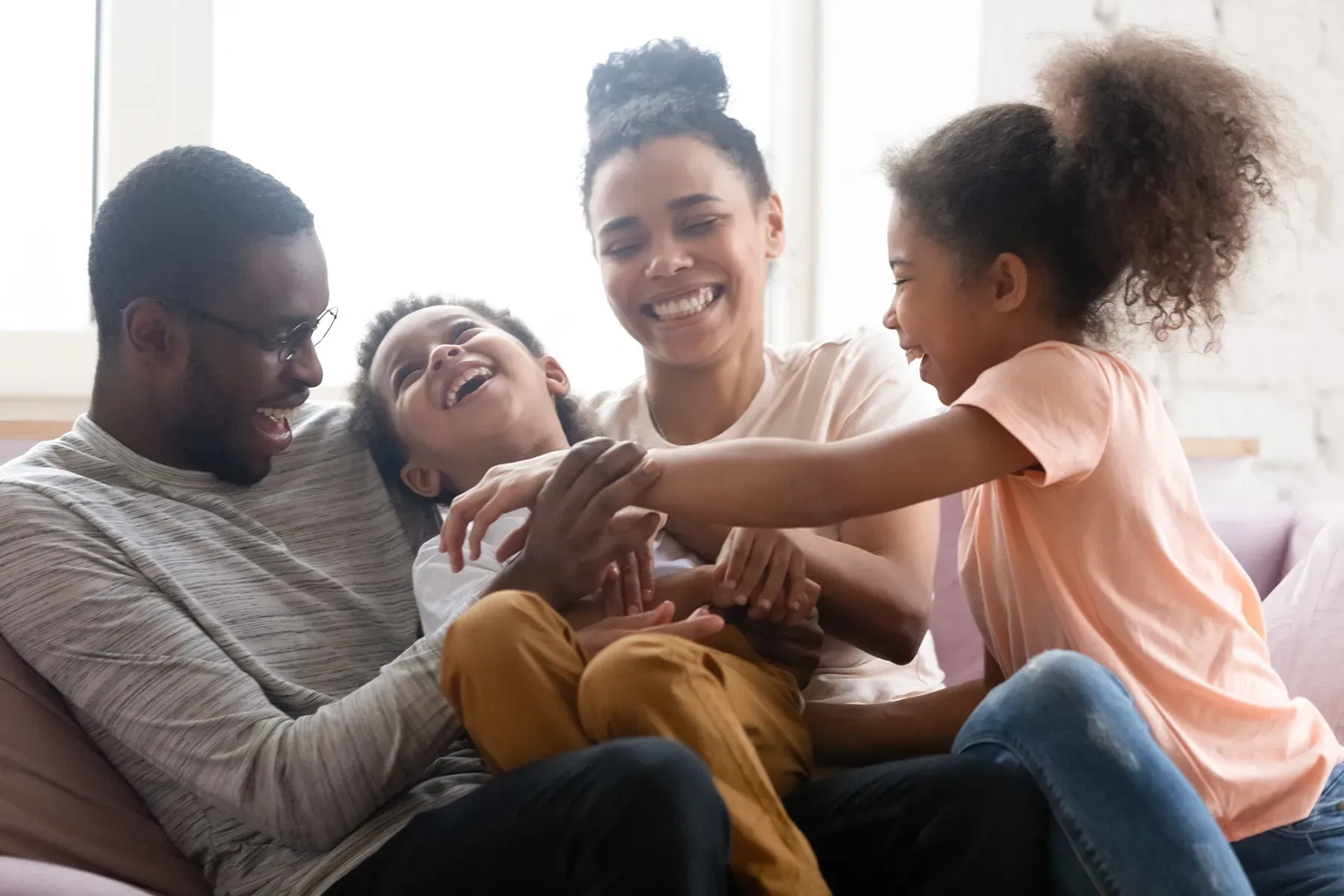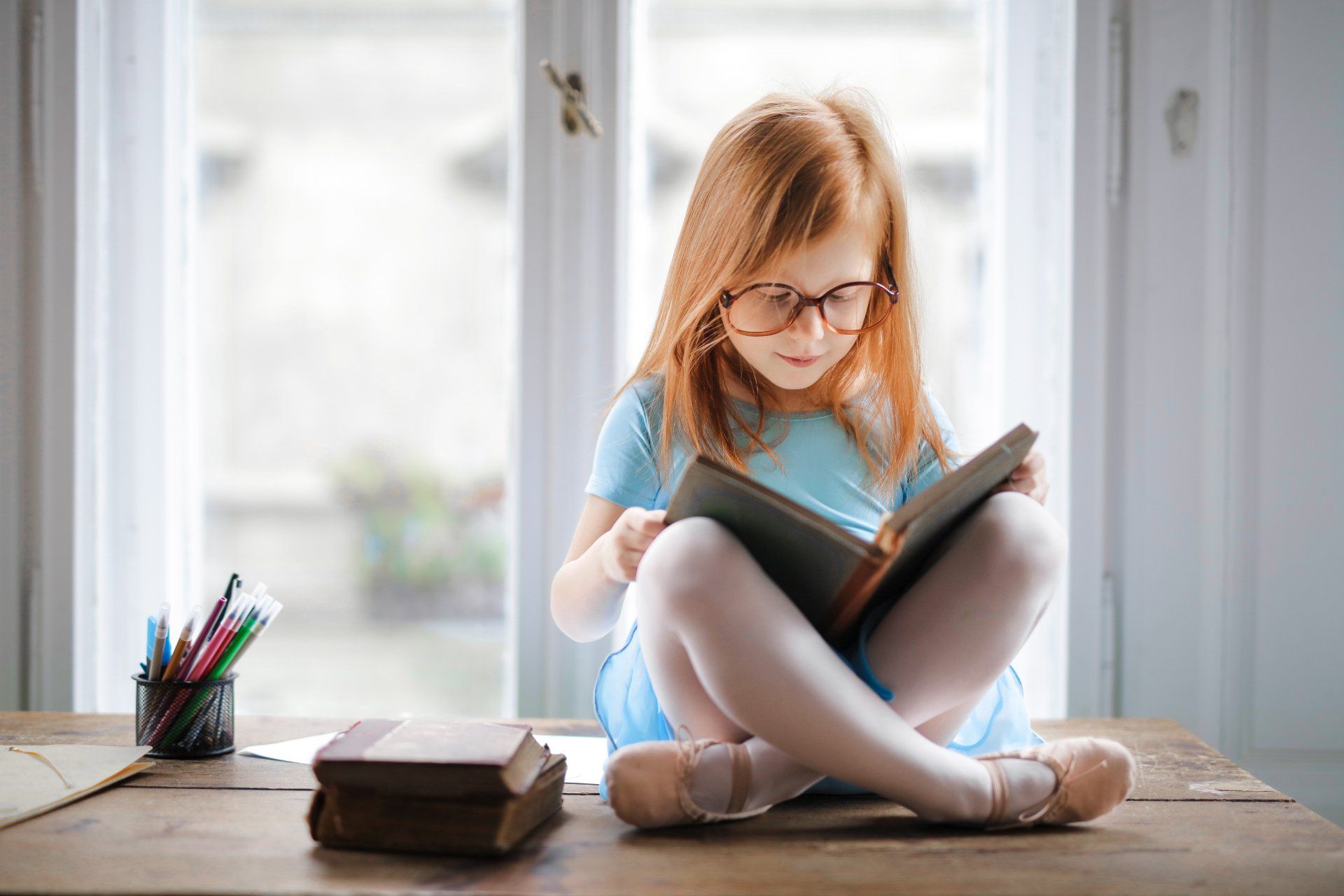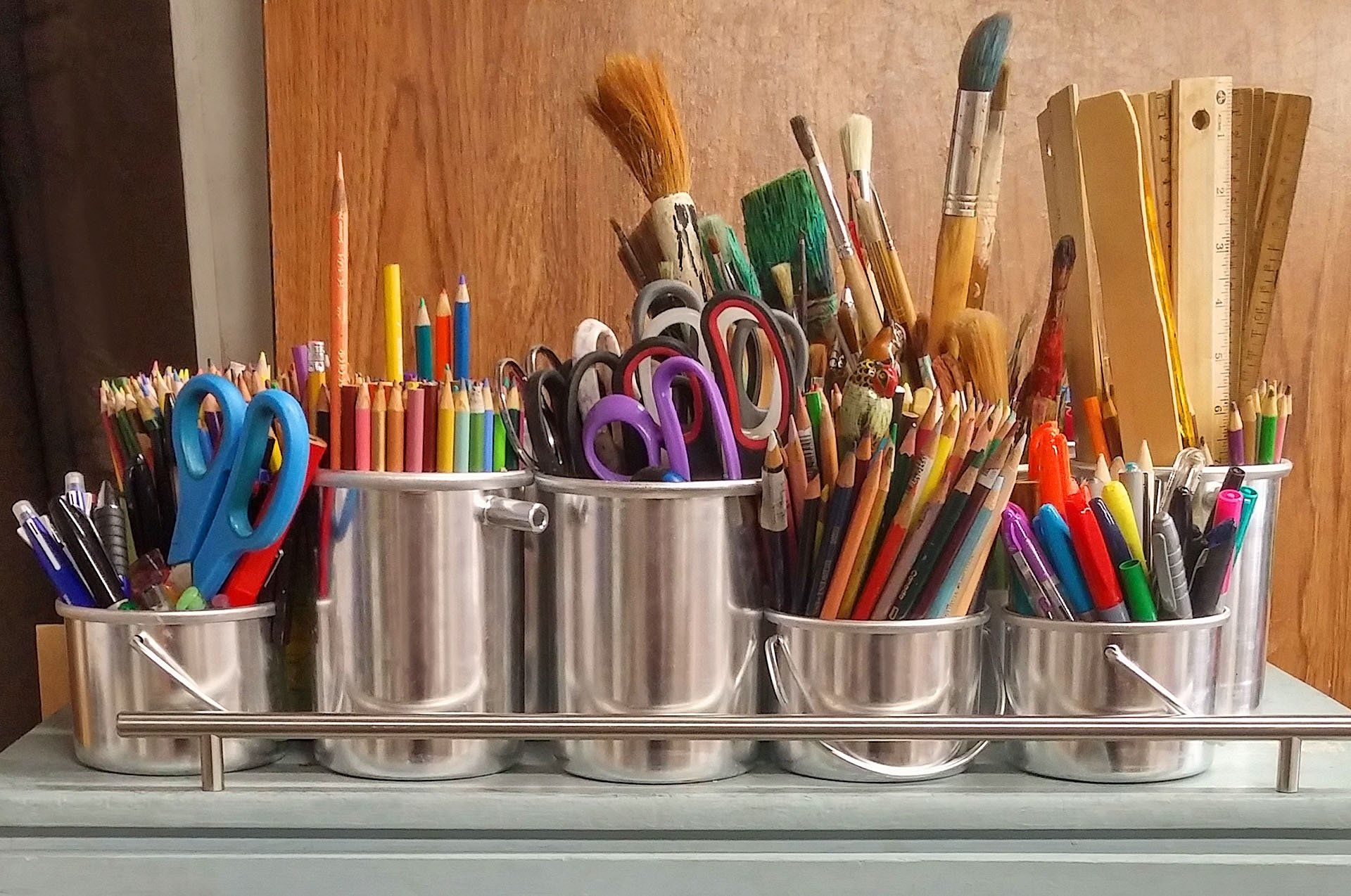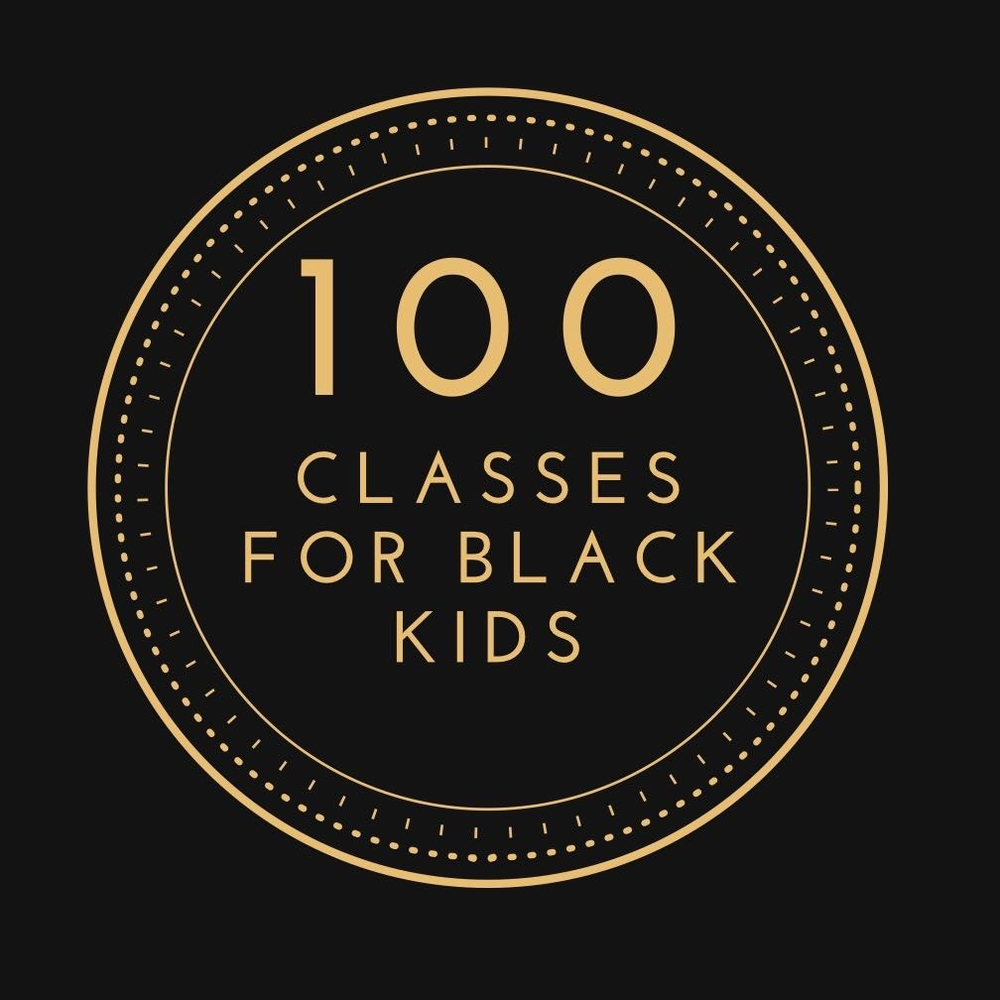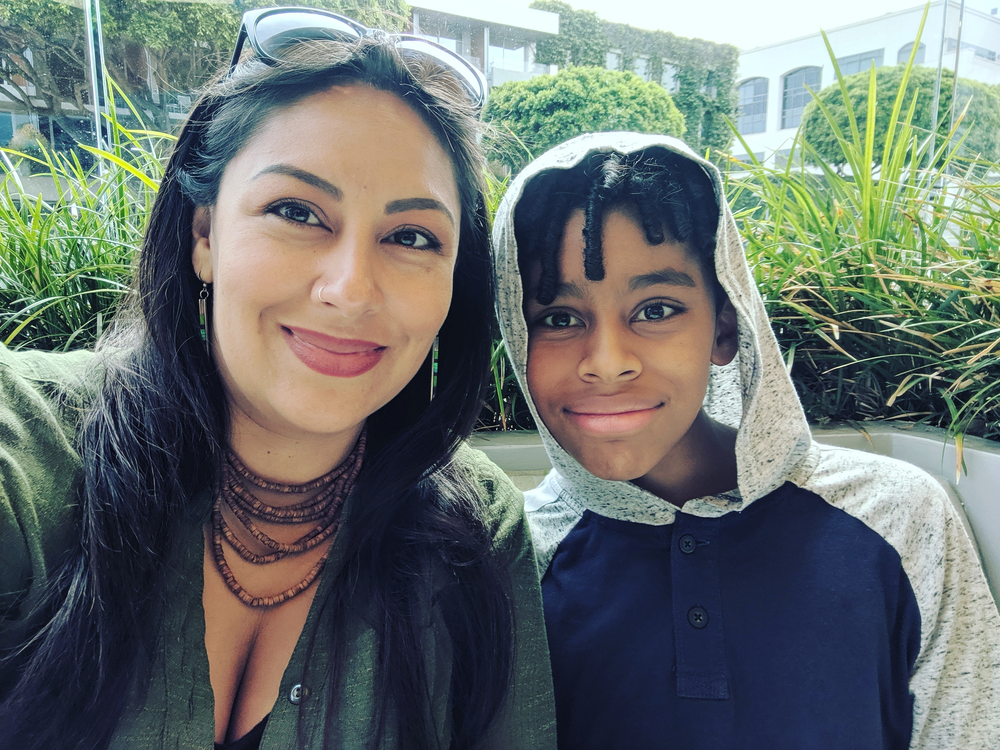April 24, 2024
Resources for writers include everything from how-tos and technical helps to story starters and imagination triggers, graphic novel templates, book crafts, writing contests and challenges, advice on getting published, and fiction and non-fiction books featuring characters who write. And we’ve all got our scribbling favorites among these last. Think of the trouble-prone Harriet of Harriet the Spy ; tomboy Jo of Little Women; imaginative Anne of Anne of Green Gables ; struggling Francie of A Tree Grows in Brooklyn . There’s also a great little red chicken. In David Ezra Stein’s picture book Interrupting Chicken (Candlewick, 2010), a patient father rooster (in spectacles and carpet slippers) tucks his offspring, a little red chicken, into bed and attempts to read a bedtime story. He’s continually interrupted in the process by his daughter, who simply can’t bear either the plot line or the suspense. “Out jumped a little red chicken,” she cries, as her father reaches a crucial point in Hansel and Gretel, “and she said ‘DON’T GO IN! SHE’S A WITCH!’ So Hansel and Gretel didn’t. THE END!” Finally the little red chicken decides to write a better story of her own, only to be interrupted by her tired father’s snores. Kate Duke’s Aunt Isabel Tells a Good One (Puffin, 1994) is a nice introduction to the storytelling process for beginners. Penelope, a little mouse, wants a story from her Aunt Isabel – but a story, Aunt Isabel explains, needs just the right ingredients, such as “a When and a Where.” With a lot of imaginative help from Penelope, Aunt Isabel comes up with a perfect plot, complete with setting, characters (valiant Lady Nell, a captive prince, and a villainous Odious Mole), conflict, suspense, and a happy ending. Storytelling is the theme of Dr. Seuss’s And To Think That I Saw It on Mulberry Street (Random House, 1989). Marco hasn’t seen anything on the way home from school but a horse and a wagon (“That can’t be my story. That’s only a start.”) – so he proceeds to add imaginative embellishments, each more fabulous than the last. Marco is a born writer and somebody should have handed him a pencil. (Find out more about And To Think That I Saw It on Mulberry Street at NPR’s How Dr. Seuss Got His Start .) Now a classic for creative storytellers is Chris Van Allsburg’s The Mysteries of Harris Burdick (Houghton Mifflin, 1984), an evocative and story-provoking collection of fourteen black-and-white pictures, each with a title and a line or two of text. “Mr. Linden’s Library,” for example, shows a girl asleep with an open book beside her from which a leafy vine is sprouting. “He had warned her about the book,” the caption reads, “Now it was too late.” A seven-session lesson plan from ReadWriteThink encourages kids to write stories based on The Mysteries of Harris Burdick, using an interactive Mystery Cube that generates planning sheets for inventing characters and devising plots. Author Gail Carson Levine’s Writing Magic (HarperCollins, 2006) for ages 9 and up is a chatty and helpful guide for young writers, filled with stories about Levine’s own experiences as a writer, information about the writing process, and writing exercises. It starts off with a bang, with a list of proposed first sentences that are bound to get kids reaching for pen or keyboard: I have one green eye and one brown eye. The green eye sees truth, but the brown eye sees much, much more. The ghost was eating a peanut butter and jelly sandwich. The first time I saw Stephen, he painted a hex sign on my right arm, and I couldn’t move my fingers for three hours. You might also try Mark Twain’s Mantelpiece , an exercise that we’ve had fun with in writing workshops I’ve done with kids. Twain, when his daughters were young, used to let the girls choose three objects from around the house and line them up on the mantelpiece; then he’d incorporate their choices into a story. Try making your own: you’ll need a cardboard mantelpiece and an envelope filled with words on slips of paper or cardstock (emerald, witch, elephant, sword, slipper, bottle, cat, rocket…). Choose three at random and you’re off and writing. By A.S. Newman and P.C. Trauth, 365 Things to Write About (TNA Publishing, 2011) consists of 365 lined pages with a short writing prompt at the top of each. Examples include airplane, Alaska, aliens, the color red, a galaxy, a potion, quicksand, the Taj Mahal, a trap door. Hank Kellner’s Write What You See (Prufrock Press, 2009) is a collection of 99 photos intended to inspire writing, each with an accompanying quotation and list of questions. Also by Kellner, see Reflect and Write (Prufrock Press, 2013), a collection of 300 poems and photographs, with suggestions for using these as creative writing prompts. More fun, though, is to make a pictorial writing prompt collection of your own. Ours – collected from the Internet and our own photo collection and glued onto cardstock – is an eclectic pack of everything from a flock of crows to a pair of robots, a knight on horseback, an abandoned Victorian house, a steam locomotive, and an erupting volcano. Pick a card and write a story. From The Teachers Corner, Daily Writing Prompts has a writing challenge or two for every day of the year, variously based on holidays, anniversaries, famous birthdays, and historical events. The writing suggestions aren’t always the snappiest, but the daily event list is useful for inventing writing projects of your own. Also check out Daily Writing Prompt , another teacher-created site, which features daily writing suggestions, story starters, story-prompt-generating games, and “Today in History” prompts. The Storymatic , according to their website, is “a writing prompt, a teaching tool, a parlor game, and a toy” – all in a single box. The original version, recommended for ages 12 and up, is a collection of 540 cards in two colors. Players draw two gold cards to create a main character – say “royalty” and “pig” – and two copper-colored cards as story starters, such as “invitation from a stranger” and “talking doll.” The challenge is to write, tell, or co-invent a story based on your cards. For ages 5 and up, there’s a Storymatic Kids version, with 360 cards in yellow and blue; and for history buffs, there’s a Storymatic Colonial History Edition. Each set costs $29.95. Think-ets – “the tiny trinket game of imaginative play,” recommended for ages 8 and up – also function as story starters but have the added attraction of entrancing teeny little objects. Think-ets come in a pouch or box; trinket collections may include, for example, a miniature compass, a gold ring, a shell, a pig, an airplane, a bird’s egg, a bottle, and a thimble. Combinations of objects are used to invent stories. (And they’re fun to play with.) Each collection costs about $10. Barbara Slate’s You Can Do a Graphic Novel (Richard Minsky, 2014) is a catchy guide to writing graphic novels - in the form of a graphic novel. It covers all the basics: drawing, creating characters, designing plots, and choosing layouts. (Among the helpful advice: don’t count on your mother for reliable feedback. “Pick someone who doesn’t adore you so much.”) See Donna Young’s Printable Comic Strip Templates for a large selection of blank strips, squares, and panels for making your own comics or graphic stories. Want to make your own books? Gwen Diehn’s Making Books That Fly, Fold, Wrap, Hide, Pop Up, Twist, & Turn (Lark Books, 2006) has photo-illustrated, step-by-step instructions for making dozens of gorgeous books, among them an accordion-fold book with pockets, a ring-bound journal, and a tetraflexagon book. Make Peek-a-Boo Books is a project for preschoolers, in which kids – with a little help – make simple word-and-picture books. (See the word, lift the flap, and see the picture.) Bookmaking with Children: Accordion Books has instructions for making a particularly nice accordion book, using cardstock and colored paper. From Artists Helping Children, Bookmaking Crafts has dozens of book projects for kids and teens. Envelope Book has detailed instructions for making a bound book from twelve envelopes (which you can then fill with cool stuff). Not for the very young – this one is a little tricky – but definitely worth the effort. And finally – where to get published? The Writer’s Slate publishes original poetry and prose by writers in grades K-12. Three issues are published each year. Stone Soup publishes stories, poems, and artwork by kids ages 8-13. Six issues are published each year; an annual print subscription costs $37. New Moon Girls is written primarily by girls ages 8 and up. Merlyn’s Pen is a magazine of short stories, essays, and poems by teens. Check the website for submission guidelines. And if you’re up for a real challenge, check out the Nanowrimo Young Writers Program . Nanowrimo stands for National Novel Writing Month, a literary marathon event held each year in November, during with participating writers share the goal of writing a novel in a month. The Young Writers Program is designed for kids, either working in groups or writing solo. Reach your goal and you can publish your work via CreateSpace. For more resources for writers of all ages, see Writing: Facts, Fiction, Fantasy, and Beyond. Rebecca Rupp lives in Vermont and has written nearly two dozen books - fiction and non-fiction - for both children and adults, as well as several books and many articles on homeschooling. She has been an educational consultant for the American Library Association and the Vermont Center for the Book; she blogs on food science and history for National Geographic and at her own blog, Let’s Learn All About It




